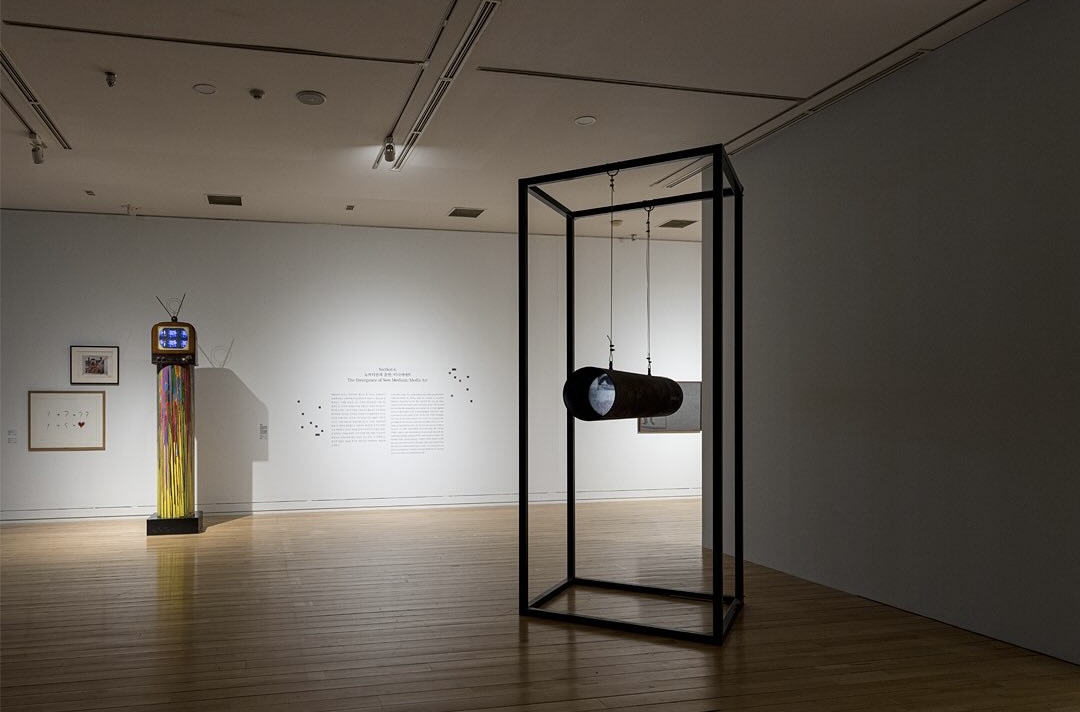If you're attending art fair, you
probably already have a significant interest in art. But with so many works on
display, are you unsure which one to choose?
Don't worry! Here are some easy and fun tips for beginner collectors on how to
view and purchase artwork.
Enjoy First, Buy Later
At an art fair, the most important thing is to fully enjoy the art on display. Take your time to explore the many artworks, and don't rush. Spend time finding the piece that truly resonates with you. First, immerse yourself in the joy of experiencing the art. You can always purchase your favorite piece afterward. Remember, an art fair is not just a shopping venue—it's a celebration of art.
Choose What You Truly Love
Opt for something good over something
expensive, and something you love over something simply good. When starting a
collection, it’s easy to be drawn to expensive pieces, but what truly matters
is the value of the artwork and your personal taste. By choosing a piece that
genuinely speaks to you, you'll better understand your preferences and build a
collection that brings you satisfaction.
There are plenty of great works that aren’t
prohibitively expensive. What’s important is finding what you love and
developing the discernment to appreciate its true value. Over time, your eye
for quality will naturally improve, leading to a more meaningful collection.
Develop an Eye for Evaluating Art’s True Value
As a beginner collector, it's wise to focus
on collecting pieces that you love. Galleries with a solid reputation often
curate works of high value, so when starting out, consider seeking advice from
a knowledgeable gallerist.
Artworks should not be chosen solely
because they look impressive. It’s crucial to develop an eye that can recognize
an artwork’s true value. When evaluating a piece, consider whether it represents
the artist’s body of work and how it has been received by experts and in
exhibitions. Being thorough in your research can also be very helpful.
Transparency and Fair Information Are Essential
When purchasing artwork, it’s important to obtain information that allows for a fair assessment of the piece’s value in the art market. Transparent and fair information is key to making informed decisions. Ask the gallery for the provenance (a record of ownership) of the piece to confirm its authenticity and historical background. Inquire about its pricing and auction records as well. Utilizing this information wisely will help you start your collection without regrets.
Don’t Be Swayed by the Artist’s Popularity
Remember that true value is determined by
art historical evaluation, not by fleeting popularity. Even if an artist is
famous, you should be cautious about choosing a piece based solely on
popularity.
The most important thing is to determine
whether the work, whether new or old, truly represents the artist’s vision.
Therefore, examine whether the piece you’re considering reflects the artist's
artistic world and whether it maintains a high level of completeness and
artistic quality.
Collecting vs. Investing: Consider What Matters to You
Art collecting is about enjoying the
artistic value of a work, while investing is about anticipating future returns.
The value of a piece is not just about its potential price increase but about
the authenticity and sincerity embedded in the artist’s work.
Consider whether the piece will stand the
test of time and continue to be valued by experts and the public. Such works
are more likely to be recognized for their art historical significance and
cherished for a long time.
So, enjoy discovering great art at art fair, and
savor the pleasure of recognizing a piece's true value. Above all, the most
important thing is to choose a piece that genuinely resonates with you.




















